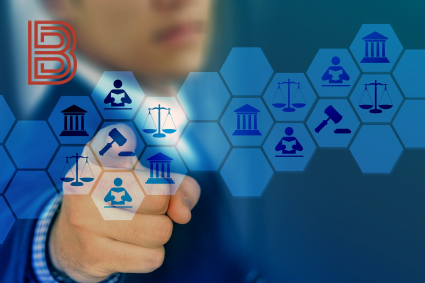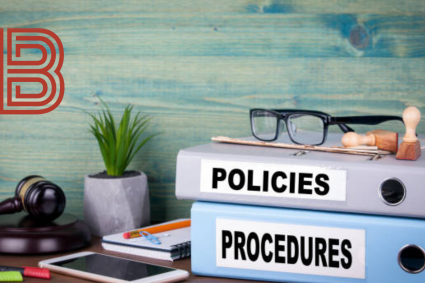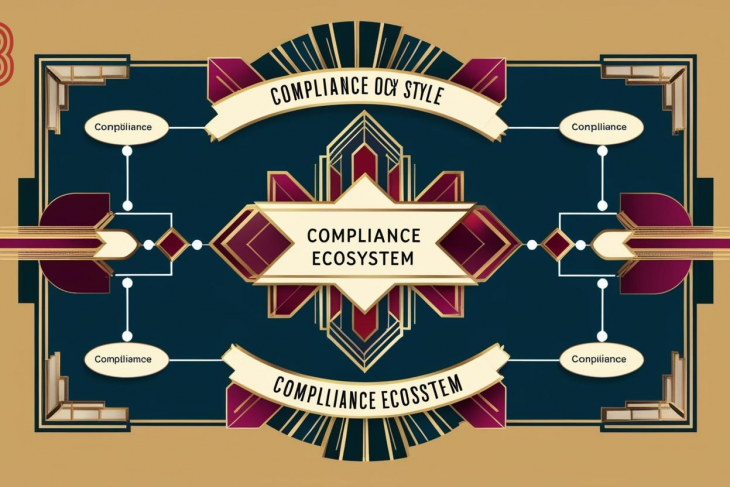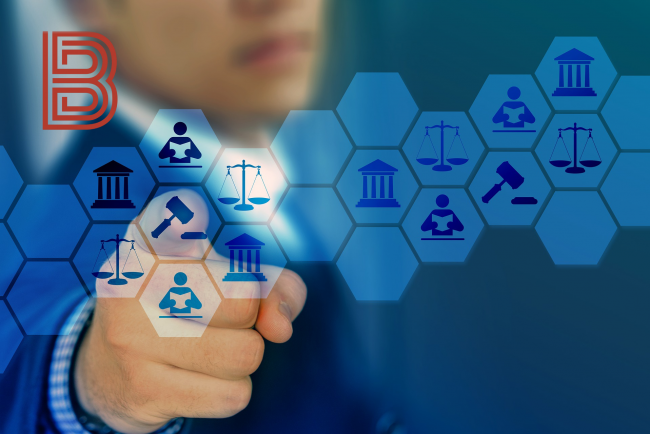
Introduction
In today’s complex business environment, regulatory compliance is no longer a peripheral concern but a central component of organizational risk management strategies. As companies operate across borders and industries evolve, the “compliance ecosystem” has emerged as an integrated framework of policies, regulations, technologies, processes, and culture designed to prevent, detect, and respond to legal and ethical risks. Effective compliance is not merely about adhering to laws—it is about building resilient organizations capable of navigating uncertainty and sustaining long-term growth.
1. Understanding the Compliance Ecosystem
The compliance ecosystem refers to the interconnected environment of internal and external forces that shape an organization’s ability to meet legal and regulatory obligations. It includes:
Regulatory Bodies (e.g., SEC, GDPR authorities, FINRA, OFAC)
Internal Compliance Frameworks (policies, procedures, controls)
Risk Management Systems (ERM platforms, GRC tools)
Auditors and Consultants
Technology and Automation Tools
Organizational Culture and Ethics
The compliance ecosystem is dynamic. It adapts to changes in legislation, business models, emerging technologies, and geopolitical realities.
2. The Strategic Role of Compliance in Risk Management
Traditionally, risk management was seen primarily through a financial or operational lens. However, compliance risks—ranging from regulatory penalties to reputational damage—have grown to occupy a central place.
Key strategic roles include:
Proactive Risk Identification: Compliance programs detect and mitigate risks before they materialize into significant threats.
Regulatory Intelligence: Keeping up with global regulatory changes ensures that organizations avoid fines and sanctions.
Business Enablement: A robust compliance framework builds stakeholder trust, facilitates market entry, and improves operational efficiency.
Crisis Management: Effective compliance mechanisms are crucial during regulatory investigations, data breaches, or corporate scandals.
In short, compliance supports resilience and competitive advantage.
3. Core Components of a Compliance Ecosystem
3.1 Governance Structures
Governance is the backbone of a compliance ecosystem. It defines responsibilities, accountability, and reporting lines.
Board Oversight: Boards have fiduciary duties to oversee compliance functions.
Chief Compliance Officer (CCO): Manages daily operations, implements compliance policies, and reports to senior management.
Compliance Committees: Multi-disciplinary teams that review risk reports and escalate issues.
3.2 Policies and Procedures
Policies formalize the organization’s commitment to compliance. Procedures operationalize those policies.
Examples:
Code of Conduct
Anti-Money Laundering (AML) policies
Data Privacy protocols
Whistleblower protection procedures
3.3 Training and Awareness
An effective compliance ecosystem requires an informed workforce. Regular, role-specific training ensures employees understand their obligations.
Annual mandatory training modules
Specialized sessions (e.g., for sales teams on anti-bribery laws)
Real-world case study workshops
3.4 Monitoring and Auditing
Continuous monitoring detects potential issues early.
Internal audits
Automated transaction monitoring (for financial services)
Periodic compliance reviews
Monitoring creates feedback loops that continuously improve the ecosystem.
3.5 Reporting and Investigations
A clear mechanism for internal reporting of compliance violations is critical.
Anonymous whistleblower hotlines
Internal investigation protocols
Retaliation protections
Organizations must foster a culture where concerns are raised without fear.
4. Key Regulations Shaping the Compliance Ecosystem
A dynamic web of regulations influences risk management strategies. Some of the most significant include:
General Data Protection Regulation (GDPR): Data privacy and protection in the EU.
Sarbanes-Oxley Act (SOX): Financial transparency and accountability in the U.S.
Foreign Corrupt Practices Act (FCPA): Anti-bribery regulations.
Bank Secrecy Act (BSA): Financial crime prevention.
Health Insurance Portability and Accountability Act (HIPAA): Health information security.
Cross-border compliance is a growing challenge as organizations must often meet overlapping or conflicting regulatory obligations.
5. Technology’s Role in the Compliance Ecosystem
Technological advancement has transformed compliance management from a reactive process into a predictive, real-time function.
5.1 Compliance Management Software
Platforms like MetricStream, RSA Archer, and NAVEX Global automate:
Risk assessments
Regulatory change management
Incident tracking
5.2 Artificial Intelligence (AI) and Machine Learning (ML)
AI enhances:
Predictive analytics for emerging risks
Automated monitoring of communications
Intelligent document review (e-discovery)
5.3 Blockchain
Blockchain offers immutable records, supporting transparency in supply chains and financial transactions.
5.4 Cybersecurity Tools
Given the rise in data privacy regulations, cybersecurity solutions are integral to protecting sensitive information.
6. Challenges in Building and Maintaining a Compliance Ecosystem
Despite advances, several obstacles persist:
6.1 Regulatory Complexity
Rapidly evolving and diverse regulations create complexity. Multinational corporations, in particular, struggle to harmonize compliance efforts.
6.2 Resource Constraints
Small and medium enterprises (SMEs) often lack the resources to build robust compliance frameworks.
6.3 Data Management
Collecting, managing, and analyzing compliance-related data remains a major hurdle, especially for legacy systems.
6.4 Cultural Barriers
In organizations where compliance is seen as a burden rather than an asset, program effectiveness is diminished.
6.5 Third-Party Risks
Suppliers, contractors, and business partners can introduce compliance risks that are hard to monitor.
7. Best Practices for a Resilient Compliance Ecosystem
7.1 Tone from the Top
Leadership must actively champion compliance. Ethical behavior must be modeled at all organizational levels.
7.2 Integrated Risk Management (IRM)
Instead of treating compliance as a silo, integrate it into enterprise-wide risk management initiatives.
7.3 Continuous Improvement
Compliance programs should be dynamic, incorporating lessons learned from audits, incidents, and regulatory updates.
7.4 Stakeholder Engagement
Engage internal and external stakeholders through transparency, communication, and collaboration.
7.5 Leveraging Technology
Invest in scalable and adaptive technologies that can evolve with regulatory landscapes.
8. Emerging Trends in Compliance Ecosystems
The future of compliance ecosystems will be shaped by several megatrends:
8.1 ESG Compliance
Environmental, Social, and Governance (ESG) regulations are rapidly becoming critical compliance domains.
8.2 Supply Chain Transparency
New laws (e.g., Germany’s Supply Chain Due Diligence Act) are forcing companies to monitor compliance beyond their own walls.
8.3 Human Rights Due Diligence
Organizations are increasingly required to ensure that their operations—and those of their partners—do not violate human rights.
8.4 Cybersecurity Regulations
With growing cyber threats, new cybersecurity mandates (like NIS2 Directive in Europe) are adding layers to compliance ecosystems.
8.5 RegTech Innovations
Regulatory Technology (RegTech) is revolutionizing compliance operations, enabling real-time reporting and analytics.
9. Case Studies
9.1 Wells Fargo Scandal
Failure to maintain a compliance culture led to massive fines and reputational damage after employees created millions of fake accounts.
9.2 GDPR Enforcement against Meta
Meta was fined billions for GDPR violations, highlighting the critical importance of robust data governance in compliance ecosystems.
9.3 Volkswagen Emissions Scandal
Lapses in internal controls and compliance oversight enabled systemic fraud, costing VW tens of billions in fines and lawsuits.
10. Summary
An effective compliance ecosystem is not optional—it is essential for survival in an increasingly regulated, transparent, and interconnected world. Organizations that invest in a holistic, technology-driven, and ethically grounded compliance framework are better positioned to manage risks, enhance reputations, and achieve sustainable growth.
The compliance ecosystem must be continuously nurtured through leadership commitment, employee engagement, technological innovation, and a proactive approach to regulatory intelligence. In the end, compliance is not just about avoiding penalties—it is about building resilient organizations that can thrive amidst uncertainty.




















